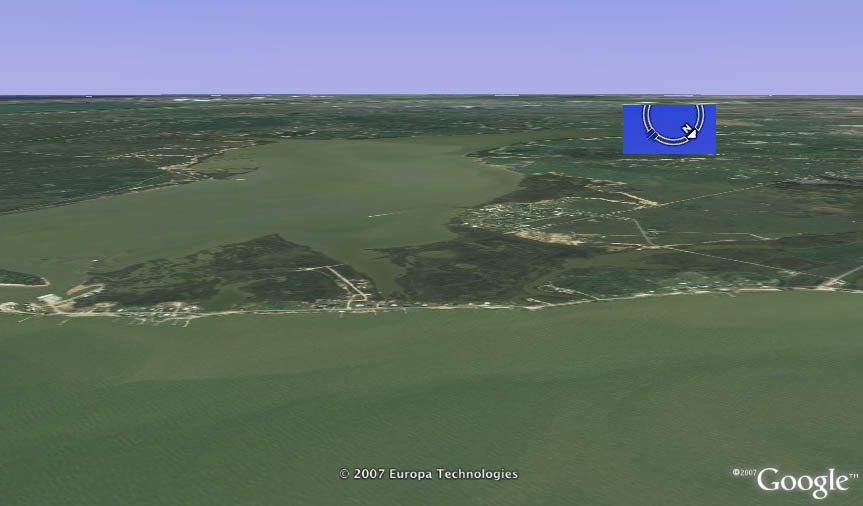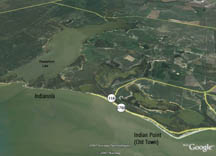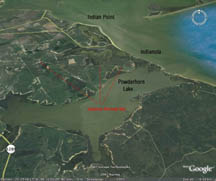

So, Indianola, has it been with thee,
Thou once fair city by the moonlit sea!
Thy fame is
ended and thy beauty fled -
Bleak memory calls thee from
the silent dead.
Thy streets are nameless, and the sea-weeds
grow
Along thy walks where life was wont to flow.
Forever dead! fore'er thy dream is o'er!
Thou liv'st
alone on Memory's barren shore.
The sun that sets, yet sets
to rise again,
Will smile the same, yet smile on thee in
vain;
While moonbeams dancing as the billows roar,
Will seem as bright, yet dance on thee no more.
- Jeff
McLemore 1889 (Indianola and Other Poems)

"In Indianola when the railroad track was built on wharf to T-head it deprived sixty draymen of a livelihood, but all economic conditions finally adjust themselves and the town soon recovered from this depression. Her business increased in volume, revenues were multiplied, and great prosperity was evinced along every line to such an extent that she was called "The Queen City of the West" and ranked with Galveston as one of the two important seaports on the Texas Coast." (Mrs. Lelia Seeligson - "A History of Indianola") 
And NOW...From the rigging of the Texana, Helmuth Holtz sketched what he saw of Indianola in 1860. In the back of the town lies Powderhorn Lake, West Pocket and a ribbon thin bayou that still meanders to the west of the beach front road. To the right (north) of the major pier on the right there is a small structure in the water that is likely the ship Perseverance that caught fire while docked at the pier and was pushed away where it burned and sank in 1856. The Morgan Wharf is located to the far left of the picture.

Much of Indianola today is located beneath Matagorda bay. Main Street, once 70 feet wide, is located just off the beach to the left as one drives south along Ocean Dr. toward Powderhorn Pass.
According to Brownson Malsch, author of "Indianola - The Mother of Western Texas", the residents of Indianola believed the city was uniquely situated on the bay and were protected from hurricanes. Residents of Galveston had similar beliefs. Small hurricanes or tropical storms they had experienced prior to 1875 convinced them they had seen the worst nature could deliver. That belief was changed by the hurricane of September 1875.
 View of Indian Point, Indianola and Powderhorn
Lake from Matagorda Bay via Google
Earth.
View of Indian Point, Indianola and Powderhorn
Lake from Matagorda Bay via Google
Earth.
View from above Powderhorn Lake looking toward Matagorda Bay.
Although the old city is gone, there is still plenty to see!
 |
|
 |
|
For information, contact gary@indianolatx.com
